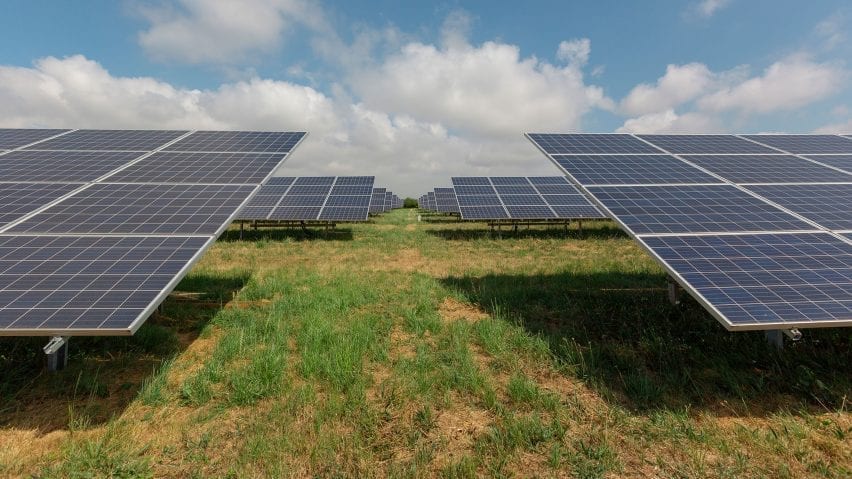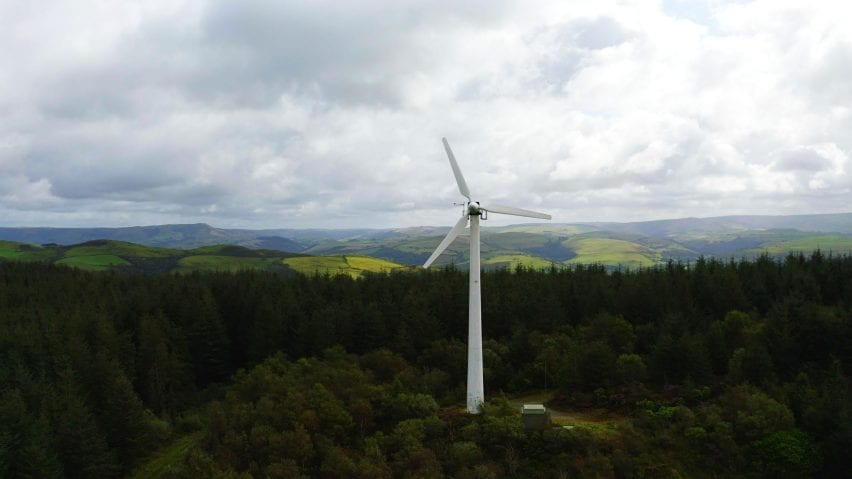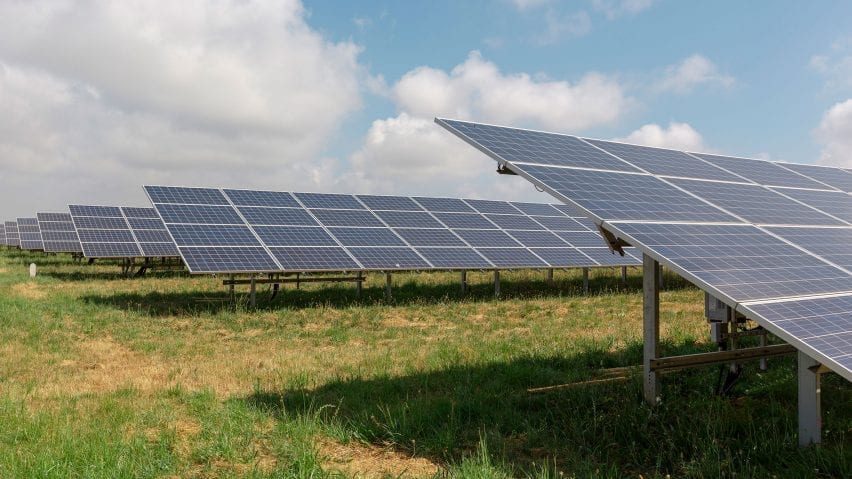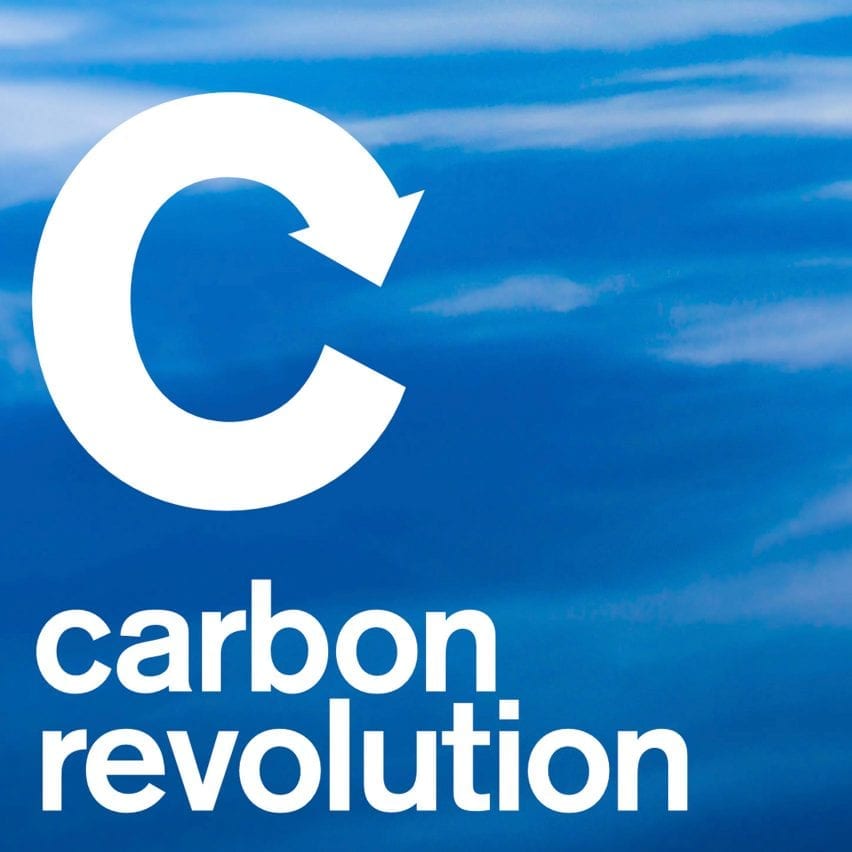
Architects are "at the very centre of what we need to do to get to net-zero" says Bulb CEO
Millions of homes could generate small amounts of solar energy to help eliminate carbon emissions from the UK power grid, according to Hayden Wood, CEO of renewable energy supplier Bulb.
The country is at the "starting point" of a transition towards a decentralised, emissions-free energy network, he claimed.
Architects are central to this process as they can help persuade planners "to allow you to have solar panels or solar tiles on the roofs of buildings."
The UK's grid is already well on its way to ending its reliance on fossil fuels. In 2020, renewable generation grew 11 percent and provided a record 42.9 per cent of all power, outstripping fossil sources for the first time.
Meanwhile, the number of UK households using renewable energy has risen from just one per cent in 2015 to around 30 per cent today, Wood said.
"It's really, really encouraging to see such a large number of people change their behaviour over the last five years," said Wood, who co-founded Bulb in 2015 and heads up the Tech Zero initiative to help technology companies eliminate their emissions.

Bulb is the UK's biggest renewable-energy provider, supplying around 6 per cent of homes.
Almost four-fifths of Bulb's electricity comes from wind farms, with solar providing just under one fifth and hydropower providing the remaining 4 per cent.
It also supplies "100-per-cent carbon-neutral" gas, although around 95 per cent of this is fossil gas that has been offset. The rest is fossil-free methane that has been produced from farm waste.
Switching to renewable energy could cut personal emissions by more than half
Domestic heating makes up the biggest percentage of most people's carbon footprint, contributing 9.7 per cent of the UK's total emissions between 1990 and 2016, according to a World Wildlife Fund report on the country's contribution to climate change.
Bulb claims that switching to renewables will reduce each customer's carbon footprint by 3.2 tonnes of CO2 a year. This represents more than half of their personal emissions, given that the average carbon footprint in the UK is 5.6 tonnes per person.
"It's the single biggest contributor to people's individual carbon emissions and the biggest single-ticket item that people spend money on after their mortgage or their rent," Wood said.
Powering the UK entirely with renewable energy is "feasible but not necessary," Wood said, since 20 per cent of the country's power comes from nuclear plants.
"Even though it's more expensive to generate electricity from nuclear than renewables, those stations are [already] built," he said.
Nuclear power is not considered a renewable source and Bulb does not distribute it but "nuclear is carbon-free," Wood said. "So it does help us fight the climate crisis."
This means that renewables will need to provide the remaining 80 per cent of the UK's power in order to decarbonise the supply.
"The way we're going to do that is through a mix of different forms of generation," Wood explained. Offshore wind is the biggest source and is "growing very rapidly and getting much, much cheaper."
In addition, utility-scale solar farms are being built on "huge swathes of land".
"And we're really hoping to help more and more homes install solar panels and become contributors to the grid because they can sell their excess green energy to other people," he added.

Wood, an economics graduate, founded Bulb in 2015 with Amit Gudka. Their idea was to use technology to make it easier for customers to switch to renewable energy and to reduce the company's overheads so it could charge lower prices.
"We weren't the first but we were the company that made it much more affordable and mainstream," he said. "We got people to realise how easy it is to switch and what an immediate impact it has as you can have no carbon emissions."
Back then, consumers had to pay more for renewable energy, even though it cost less to produce than fossil energy.
"This wasn't widely known," Wood explained. "It was sold as a premium product. We thought that if we're going to fight the climate crisis, it can't be a niche, premium product. It has to be mainstream."
Homes could become energy producers as well as consumers
When Bulb started, fewer than 300,000 UK homes – less than one per cent of the total – were powered by renewables. Now Bulb and a range of other renewables providers supply almost a third of all homes, with Bulb alone serving 1.7 million domestic customers.
The founders also felt that eventually, homes would become energy producers as well as consumers. By installing solar panels, anaerobic digesters, micro-CHP (combined heat and power) plants or any other small-scale clean-power generator, householders could sell surplus energy back to the grid, using home-storage batteries or electric cars to store the power until it's needed.
"It wasn't really happening at the time, but we thought that homes could become a source of energy," Wood explained.
"If people had solar panels on their roof, or if they had a battery in their home or an electric vehicle and those batteries were plugged into the grid, the homes could at times be providing energy into the grid."
"Also, the grid becomes more efficient when the electrons travel a shorter distance," he added. "If you have generation embedded within the grid locally, then the whole system becomes more efficient."
It has taken a while for this "two-way grid" to become a reality but Wood believes it is now poised to take off.
"That's one of the things we're quite excited about now that there are more options available to consumers for solar panels, electric vehicles, heat pumps and batteries."
Electric vehicles could be used to store electricity at home
A recent survey published by the European Union estimated that rooftop solar panels could provide a quarter of the continent's energy needs, most of it at a lower cost than existing supplies.
"We're now at a starting point where we're beginning to see many, many more homes become participants in that two-way grid," Wood said.
"Renewable energy is very scalable because it's produced by manufactured technologies where you're not limited by not the availability of natural resources," he concluded.
There are a few issues to overcome before the world can complete the switch from fossil energy.
The first is intermittency. Wind and sunshine are unpredictable, leading to peaks and troughs in energy production. But this issue can be overcome with batteries, Wood says.
"We believe the way intermittency is going to be resolved is through the mass buildup of lithium-ion batteries positioned both at the site of generation and the site of consumption," he explained.
With electric vehicles expected to make up 20 per cent of all cars on the roads by 2030, many households will already have storage capacity sitting right outside.
"Those electric vehicles have to have a huge battery inside them that the home can use."

The second issue is more problematic. UK households use more power in the winter when it's colder and darker. But solar power generates more electricity in the summer when the days are longer and sunnier.
"Meeting those winter energy demands in the northern hemisphere will be challenging," Wood said. "You can't rely on batteries to store excess power from the summer months so you can use it in the winter months. So we're going to need other forms of storage."
Countries like Norway "are five years ahead of the UK"
Potential solutions include using excess summer electricity to create synthetic methane from water and carbon dioxide. This carbon-neutral gas could then be burned in winter to provide power.
Another solution could be gravity storage schemes. These include using summer electricity to pump water into elevated reservoirs. In winter, the water would be released to power hydroelectric generators.
Both solutions are already in use elsewhere, Wood said. "Countries like Norway are five years ahead of the UK. All these solutions are being used in those markets."
However, the biggest obstacle preventing the switch to green power is the poor quality of British homes, Wood believes.
"The number one thing holding the UK back is the quality of its housing stock," he said. "Our houses are poorly insulated, draughty. The adoption of new practices is quite slow in the UK."
Switching to renewables is the most effective way of reducing carbon emissions, Wood said. "But the next best thing is to drastically improve the energy efficiency of a home," he added.
"The greenest thing to do is to just reduce your need for energy, which comes from more efficient buildings."
Architects are central to solving this issue, he said. "Architects and builders are at the very centre of what we need to do to get to net-zero."
"That means running energy efficiency surveys, speaking to experts and consultants about how you can make homes more energy-efficient and not installing gas boilers and gas ovens and gas fires in homes by default."
"It means really putting pressure on local planning authorities to allow you to have solar panels or solar tiles on the roofs of buildings, even if they haven't been used in the area before."
To qualify as net-zero, a company and its entire value chain must eliminate all greenhouse gas emissions. Any emissions it cannot eliminate must be offset using schemes that sequester carbon from the atmosphere.

Carbon revolution
This article is part of Dezeen's carbon revolution series, which explores how this miracle material could be removed from the atmosphere and put to use on earth. Read all the content at: www.dezeen.com/carbon.
The sky photograph used in the carbon revolution graphic is by Taylor van Riper via Unsplash.